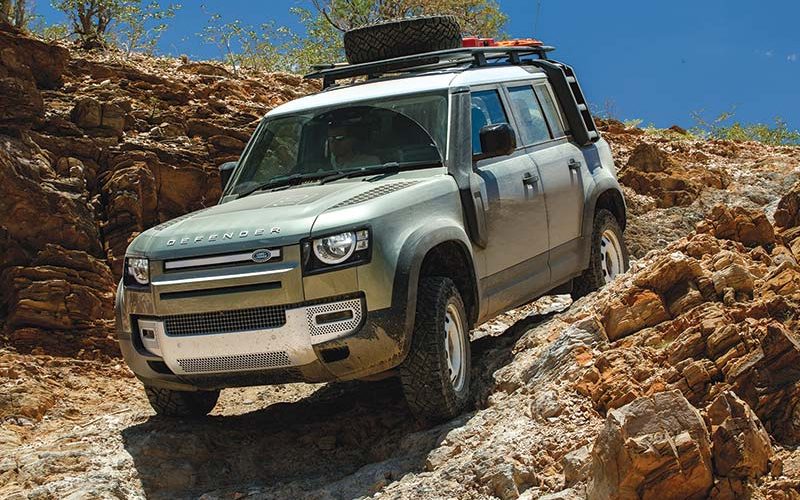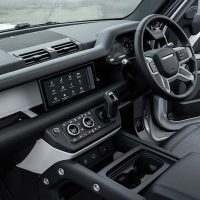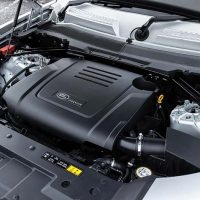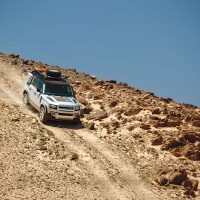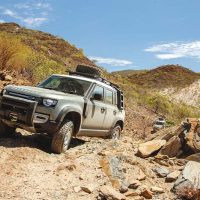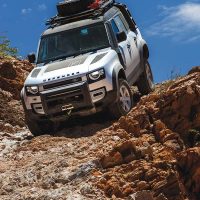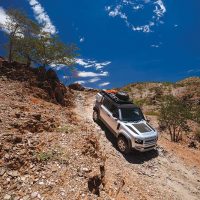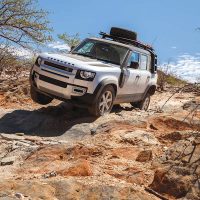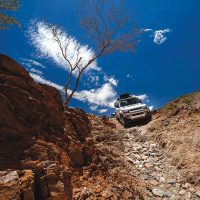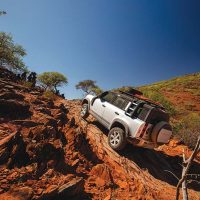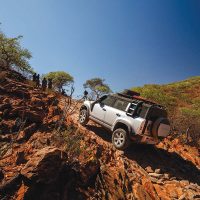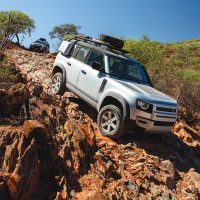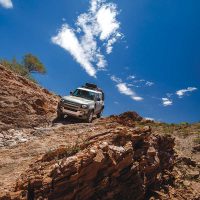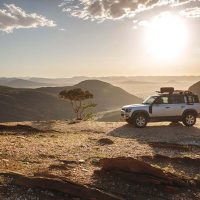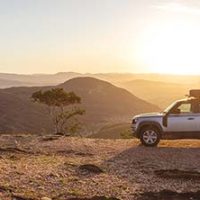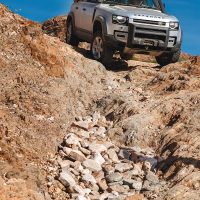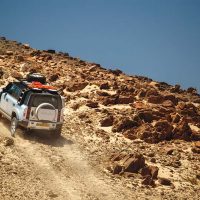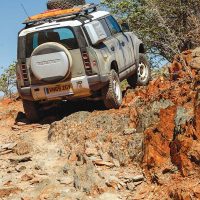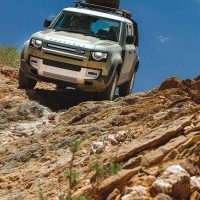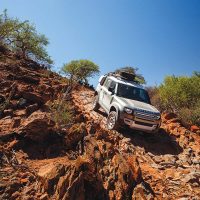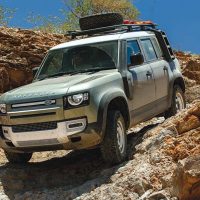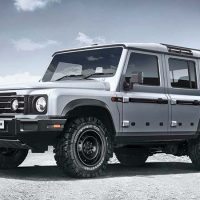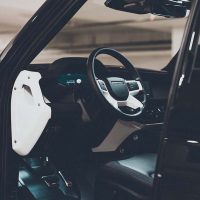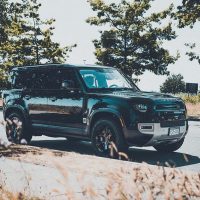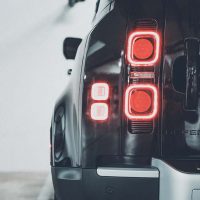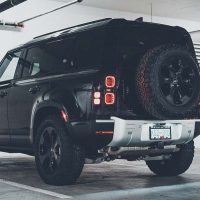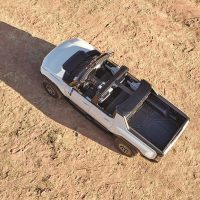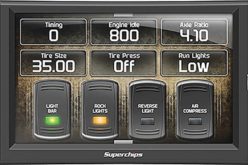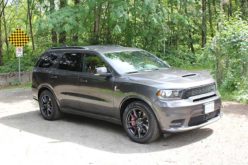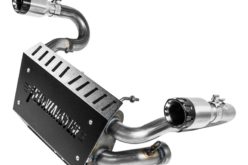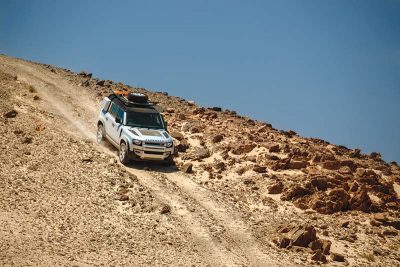
The original Land Rover stood frozen in time for decades, despite the pressure of an ever-evolving automotive industry. It was only in the 1980s that it gained standard features like disc brakes, power steering, and roll-down windows. In fact, Land Rover didn’t even add a second vehicle to the marque until the debut of the Discovery in 1989.
The Discovery is widely credited with having saved Land Rover from the turmoil of the British auto industry in the 1980s, giving the company a solid foundation in North America, where it hadn’t sold vehicles for quite some time. But the Discovery wasn’t far off from its Defender relative, having been gifted the same drivetrain shared by the 90 and 110 models. This was a clever cost-cutting measure as the new vehicles would essentially be different only in frame and body and meant that the Discovery could claim to be just as versatile, despite its decidedly roomy and comfortable interior.
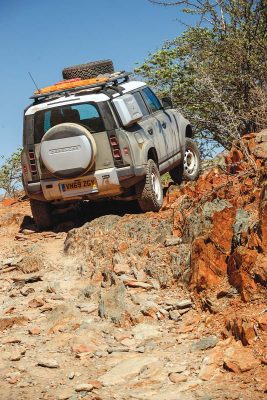
All debates aside – the dust has settled, and the 2020 Defender has proven to be a serious off-roader – even unexpectedly excelling in categories like towing. During development, the new Defender was given serious performance challenges, including how it would handle being repeatedly driven in to an 8-inch ledge at 40km/h. Add this to claims of the unibody being three times stronger than a body-on-frame, and you start to see that JLR isn’t just paying lip service to off-road capability.

If none of that matters to you, then you’ll like the hard figures. The Defender 110 outperforms a Rubicon in both water fording ability (35.5 vs 30 inches) and overall ground clearance (11.5 vs 10.9 inches) and even sports a water level indicator should you decide to get close to its maximum depth. While you might find better wheel travel and crawl ratios in a Rubicon, it’s difficult to argue with the comfort and quietness of the Defender’s unibody design.
Most of us with 4×4 vehicles spend an overwhelming majority of our miles on pavement, especially if our 4×4 is also a daily driver – and this is probably the case for Jeep and Land Rover owners alike. With this in mind, and with a more discerning type of 4×4 purchaser emerging in the market, the new Defender is a looming threat to Jeep’s most expensive trim levels.
While you can spec it to over $100,000, it’s still quite capable when optioned a little under $70,000. The powerful 4-cylinder base engine may not offer much grunt, but it’ll still get you where you need to go – and for those pavement miles, will save you a few stops at the gas station. Essential options for any Defender build would include wheel arch protection and the Off Road package, which adds an electronic locking differential and off-road tires. If you’re towing, then the inline-6-cylinder is a must-have, with nearly 400 hp and 400 lb-ft of torque to unleash on and off the trails. An ideal configuration for dual-purpose urban and off-road use might be the upcoming 90 model, which sports seating for up to six people, offers the same performance as its larger brother, and costs $5,000 less.

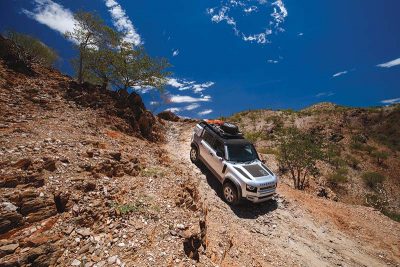
The new Defender seems to allow room for both, while still honouring the heritage that the Land Rover brand owes its existence to.
Shortly after the original Defender ceased production, British billionaire Jim Ratcliffe attempted to purchase the tooling, design, and entire assembly line from Jaguar Land Rover – who politely declined the offer. However, this didn’t stop Ratcliffe from realizing his dream. Earlier this year the INEOS Grenadier made its debut, with production to start some time in 2021. It sports solid axles, a Defender-like design (which even earned a now-defeated lawsuit from JLR) and a proven BMW inline-6 engine. Is this what the new Defender could have been? The Grenadier may be available in Canada as early as 2022, with a price point somewhere between $55-70,000.




